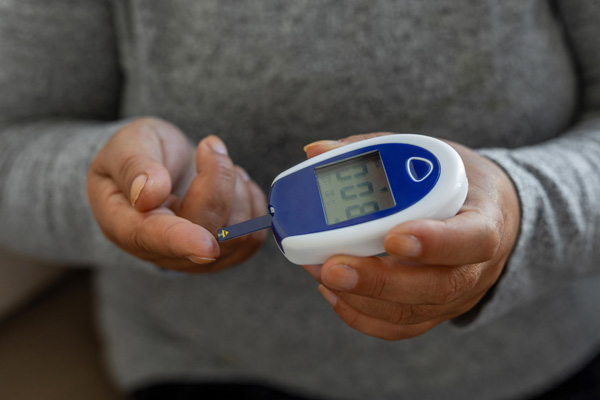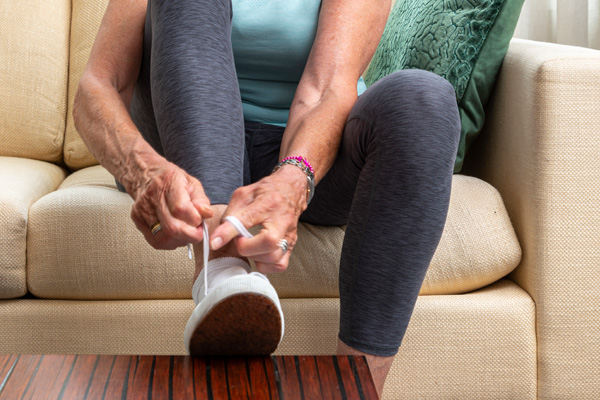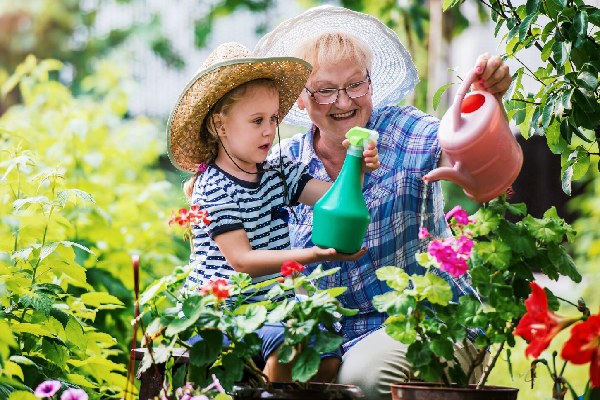Why Your Child Needs to Be Screened for Lead Poisoning
August 20, 2020
This article was reviewed by our Baystate Health team to ensure medical accuracy.
Hilary Branch, MD View Profile
Health & Wellness Tips
Related Articles
-
Wellness & Prevention
![When to Get a Flu Shot]()
When to Get a Flu Shot This Year: What Experts Recommend
-
Coping with Illness
![a man holding his hand up to his ear demonstrating hearing loss]()
Understanding Hearing Loss: Causes, Symptoms & Solutions
-
Coping with Illness
![a person checking their blood sugar with a glucose monitor]()
Diabetes Management: Our Tips to Thrive with Diabetes
-
Your Healthcare
![Woman provider speaking with patient while sitting at table.]()
Diagnosing and Treating Colon Polyps: What You Need to Know
-
Coping with Illness
![Man on couch coughing into clenched fist.]()
What Is COPD? Understanding Symptoms & Early Signs
-
Your Healthcare
![Woman pharmacist behind pharmacy counter, providing male patient with their medication.]()
Medication Safety: How Pharmacists Help You Manage Your Meds
-
Healthy Aging
![Woman tying her shoes to prevent falling]()
Stay Upright, Independent, and Safe: A Fall Prevention Guide
-
Coping with Illness
![New Alzheimer's Disease Drugs Receive FDA Approval, Offering Hope]()
New Alzheimer's Disease Drugs Receive FDA Approval, Offering Hope
-
Healthy Aging
![two menopause-aged women walking in nature]()
Navigating Menopause: Signs, Stages, and Symptom Relief
-
Coping with Illness
![cardiac myxoma heart tumor diagram]()
Can You Get Heart Cancer? It's Rare, but Yes. Learn the Symptoms
Back to Top












